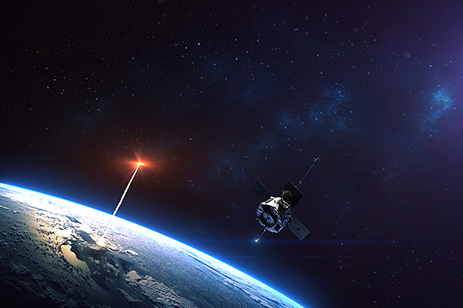
The European Space Agency (ESA) has been working since 2005 on a space mission with important implications for the future of space transportation in Europe. The Intermediate eXperimental Vehicle (IXV) is an experimental re-entry vehicle and is an intermediate step on the path to developing autonomous space transportation systems with a reentry capability.
Curtiss-Wright was selected to provide its COTS data acquisition, networking and recording systems which was qualified to meet requirements for space equipment such as radiation tolerance, high reliability and a small form factor.
The IXV was launched on the 11th of February 2015 by a Vega rocket from French Guiana and was later recovered for analysis of the spacecraft and recorded mission data. IXV would be deemed a success if flight data can be successfully recovered by ground stations via telemetry and/or by recorders installed onboard the vehicle. This objective was the driving factor behind the requirement for a data handling and telemetry subsystem and as such, this system was integral to the IXV mission profile. The functional requirements for the IXV on-board data acquisition system were the following:
- Data acquisition of 300+ parameters including temperature, pressure, strain, displacement and serial data streams
- Real-time telemetry with data encapsulated into CCSDS telemetry transfer frames
- On-board recording of real-time telemetry link
- Interface to the On-Board Computer (OBC) via a MIL-STD-1553 bus interface
- Buffering of real-time data during re-entry blackout
There was also the challenge of the space environmental requirements that any system on-board IXV would need to survive
- Extensive mechanical stress during launch
- Extreme temperature changes during flight
- Stringent requirements for EMC and EMI
- The impact of radiation on spacecraft electronics
The IXV was launched on the 11th of February 2015 by a Vega rocket from Kourou in French Guiana and was later recovered by the Nos Aries ship, for analysis of the spacecraft and recorded mission data. The data handling and telemetry system functioned as expected during flight with telemetry data received during the ‘visibility window’ all the way up to 10 seconds from splashdown. At the time of writing, the recorded data will be analyzed in more detail when the vehicle is returned to Europe. Subsequent to this flawless test flight, ESA officials have decided to plan an additional test flight for 2019 or 2020. This time the IXV will land on the ground instead of a splashdown in water by either installing a parafoil or landing gear.
Download the case study to learn more.